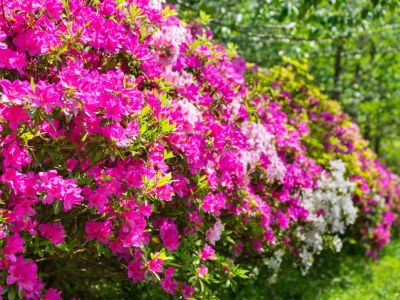Using Understory Plants
The trees in your backyard create the framework for understory planting. Tips about which understory trees and shrubs to use will depend on the size of the large trees already in your yard and the density of their canopies. You must choose types of understory plants that can grow in the amount of light allowed in by the canopy of taller trees. Inspect your backyard to determine how much light will be available for understory trees and shrubs when all the trees presently growing there mature fully. Pockets of light may allow for planting of a few understory specimens that can’t grow in shade. Consider thinning out some younger trees to create more light.
Types of Understory Plants
What is an understory plant? Quite simply, it is a shrub or tree that is small enough and sufficiently shade tolerant to thrive under the canopies of other, taller trees. The types of understory plants that will work in your woodland garden depend on the sun that reaches the floor. If your taller trees allow ample sunlight to reach the ground, as is generally the case with oak, your understory plants can be varied and lush. You might try smaller trees like black cherry or trembling aspen. Alternatively, opt for shrubs like American hazelnut, potentilla for its yellow flowers, or mountain laurel that grows in sun or light shade. Understory trees and shrubs will be more limited if the tall trees already in the garden offer deep shade, like most maple trees. Use types of understory plants that grow in low light. These include small trees like basswood, yellow birch, and Kentucky coffee tree. You might also try using shrubbier understory plants that tolerate shade. Flowering dogwood, serviceberry, viburnum, and hydrangea can all grow in full shade. Azaleas and rhododendrons are good choices too.
